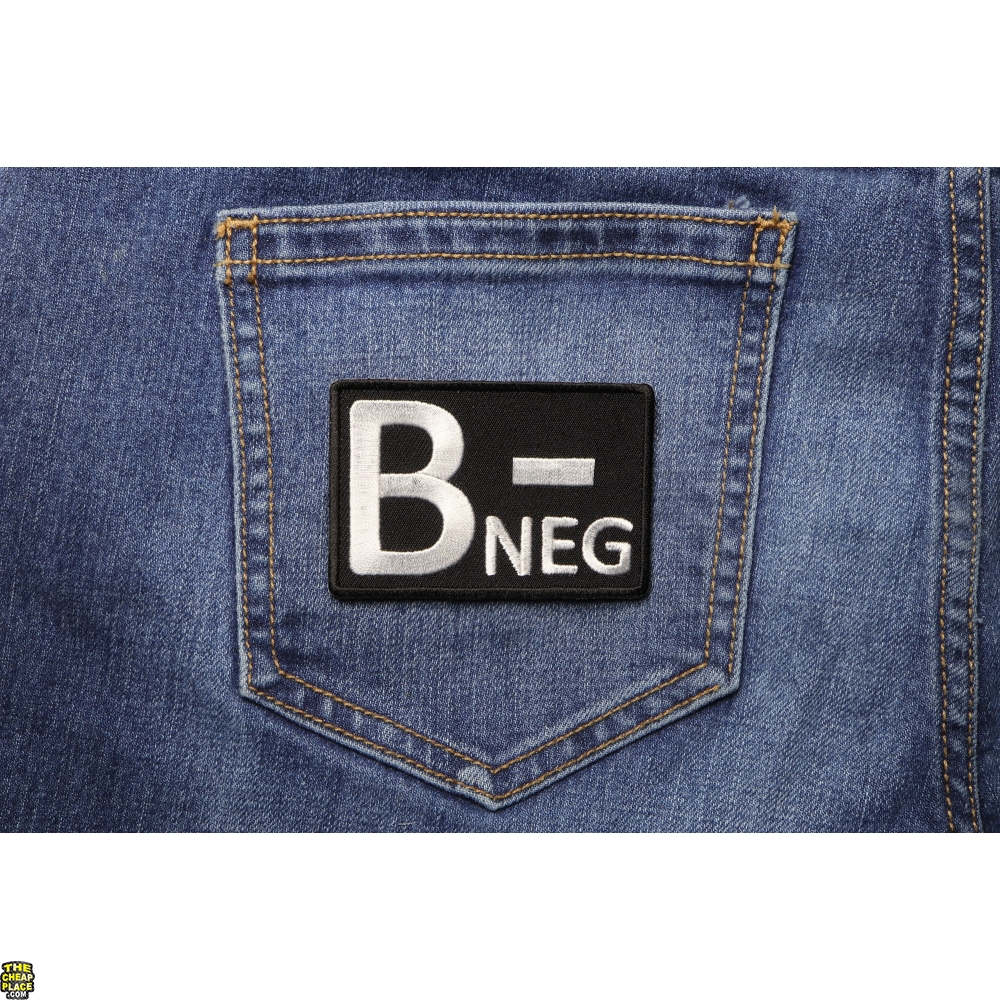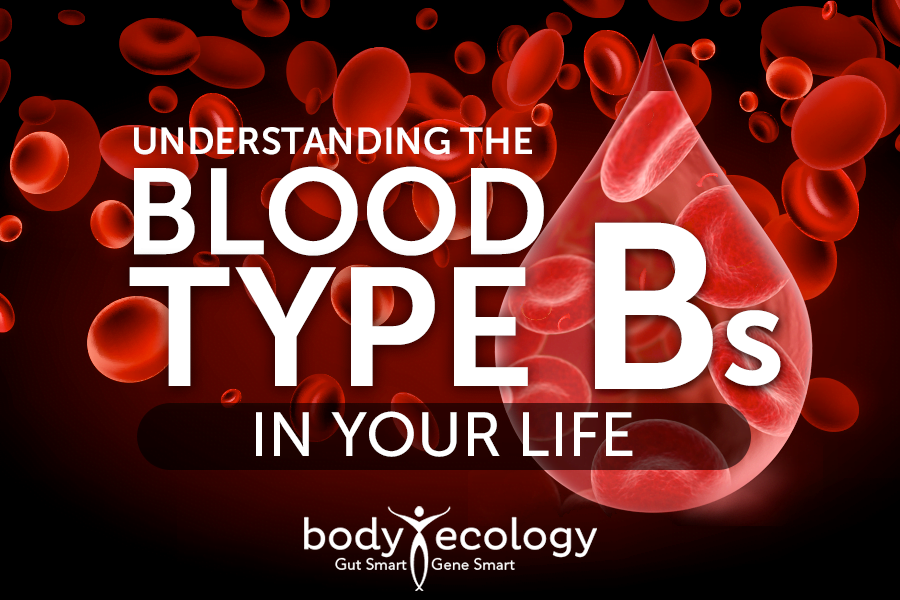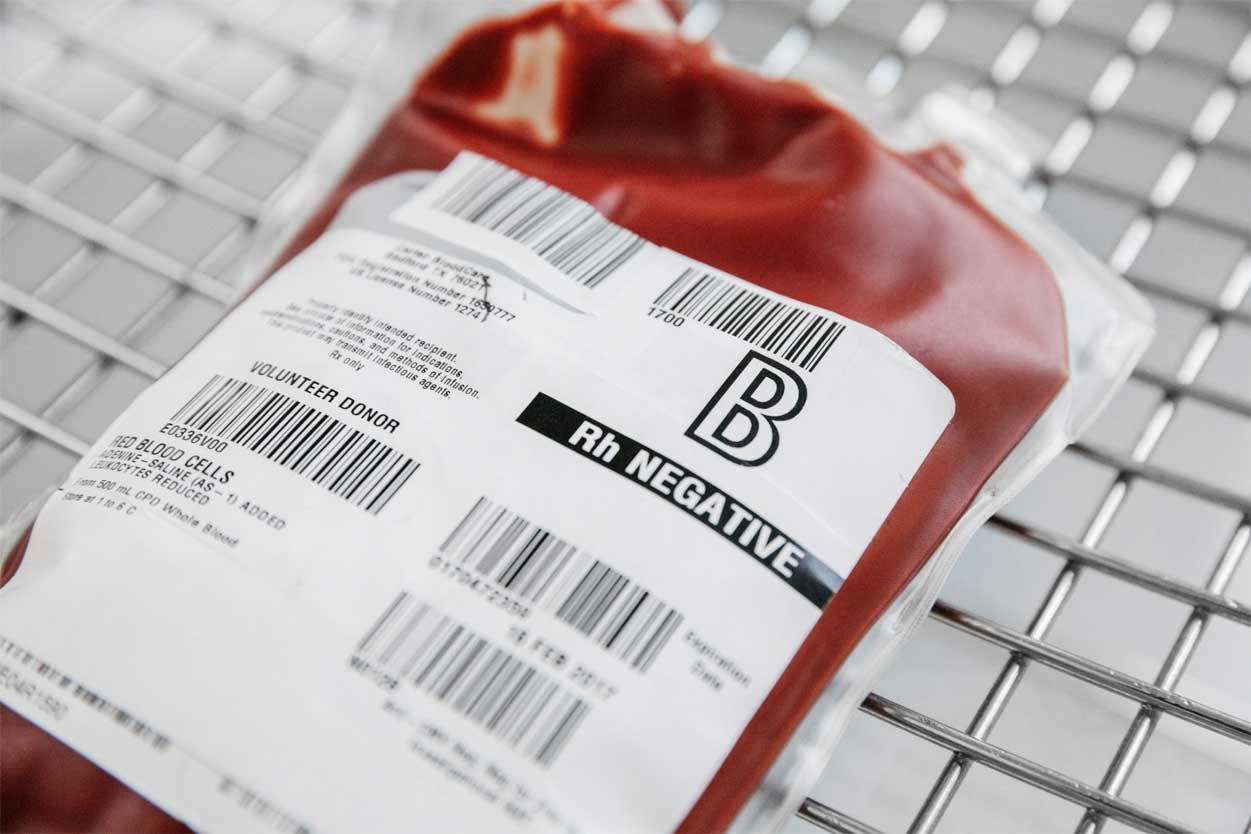


Your blood type is inherited from your parents-and you can’t change it any more than you can change your eye color.Įach parent contributes one of their two A, B, or O alleles (a form of a gene) to a baby’s blood type. “This can occur in a person with a blood cancer, for example, or in someone who has had a recent blood transfusion or stem cell transplant.” What your blood type says about you What does your blood type say about your heritage? “There are certain scenarios in which we find discrepancies in our blood typing,” says Deva Sharma, MD, MS, a hematologist-oncologist at Vanderbilt University Medical Center in Nashville. You then match what you see on the card to a provided guide. These tests usually involve pricking your finger and putting a drop of blood on a chemically treated card that looks for antigens and the Rh factor.
You can purchase an at-home blood typing test. A typing test will be done and the results sent to you. Your healthcare provider can order a blood type test. There are three ways you can find out your blood type. What about the rest of the blood types? The Stanford Blood Center provides these blood type percentages. and Western Europe, O positive is the most common blood type, as is having a positive Rh factor. According to the book Blood Groups and Red Cell Antigens, blood type B is common in people in Asia while blood type A is common in Central and Eastern Europe. How common or rare a blood type is varies by race, ethnic background, and what part of the world you live in. It takes 20 donors to provide enough blood for each sickle cell patient. The Ro subtype is most common among African Americans (44%), and because this ethnic group is most likely to develop sickle cell disease, Ro subtype blood is more likely to be needed for blood transfusions. That means your blood type could be A+, B+, AB+ or O+. You may have the blood subtype Ro (a special marker on your red blood cells) if you are Rh positive. This is extremely rare, occurring in only a handful of people worldwide. A very small number of people have what’s called Rh null blood (also called gold blood), meaning it has no Rh factors at all. For example, some people have A positive blood while others have A negative. And people with an O blood type have neither A nor B antigens.Įach of those types are further broken down based on their Rh factor. Some people have both A and B antigens, giving them AB blood. If you have B antigens, you have a B blood type. If your blood has A antigens, you have an A blood type. Blood is typed according to an ABO blood group system. Blood types are based on the antigens (or lack of them) found in your blood cells and whether or not your blood contains the Rh D factor. The vast majority of people have one of eight blood types. How many different blood types are there? 
From typing to transfusing, here’s what you need to know about your blood and your health. Healthy blood is essential for a healthy life. Mixing one type of blood that’s incompatible with another-thanks to things like antigens and Rh factor-can be fatal. If your blood lacks it, you have a negative blood type.Ĭategorizing blood according to type is important for things like blood transfusions, which replace blood that’s lost through surgery, accidents, and bleeding disorders. If your blood contains the Rh D factor-the most prevalent and important of the Rh factors-you have a positive blood type. Blood is further classified by its rhesus factor (aka, Rh factor).

These are proteins and other molecules present on the outside of your red blood cells they determine what type of blood you have.








 0 kommentar(er)
0 kommentar(er)
